In the midnight sun, where the hot springs flow, Chapman students chart an Icelandic journey of discovery, encountering mythic figures, tests of endurance and puffins by the skör.
Before we walked this land of volcanic rock and ash, where icy glaciers give way to steaming vents and churning geysers; before we drove through endless rolling hills of wild grass flecked with brilliant brush strokes of purple lupine; before we even stepped off the plane in Keflavik to document the lives and land of a people who retain more of the Viking spirit than they probably realize, many of us expected that we would want to return someday, that two weeks wouldn’t possibly be enough time to fully explore a land as rich in natural and cultural history as is Iceland.
And, it turns out, we were right. But that’s not to say we didn’t try.
Like our relationship with Iceland, our group began the trip mostly as strangers — 10 Chapman University students, two recent graduates and Dodge College professor Sally Rubin together on a documentary-filmmaking adventure during summer interterm. Of course, there’s probably no better crash-course in group bonding than sharing the experience of an unfamiliar place.
During summer in Iceland, it’s impossible to sit still, and we never stayed in the same place for long.
We rode horses under the midnight sun, hiked valleys carved by ancient glaciers and braced each other against the wind as we scaled towering cliffs. Everywhere we went we were warmly welcomed.
In those short weeks we traveled to every corner of Iceland packed shoulder to shoulder in our trusty van, with Oli, our intrepid guide, at the wheel. He’s a tall, muscular man most easily described as the Icelandic Sean Connery — as ruggedly handsome and, at times, as incomprehensible as the actor. As with Sean Connery, I have no idea exactly how old Oli is. If I had to guess, based on his vast knowledge of the land and immense collection of stories, I’d ball- park him at 130. And yet nothing slows him down — probably because of all that Viking blood.
We quickly learned that Oli doesn’t operate on the same standards of time, distance or physical limitation as everyone else. On the first day, what he described as a “quick hike and easy climb” up Viti Crater turned into a test of our limits. The path seemed to go straight up as we trudged through thick gravel and sand, each step forward more like a half-step back. The air felt perilously thin as we neared the summit.
But somehow we all made it, and our reward was a view across time into Iceland’s origins, when powerful glaciers and colliding tectonic plates sculpted the land. From the lava formations of the Askja Volcano to the shimmering waters of Lake Myvatin and the cloud-covered peak of the unpronounceable, Hvannadalshnúkur, it was all before us. After that day, we never questioned Oli and his plans again.
If covering the whole of Iceland in two weeks is ambitious, then trying to document it in a film is truly an oversized challenge, especially since most of us, myself included, had never made a documentary before. Luckily we had the aid of two recent Chapman film graduates, Charlie Cook ’13 and Michael McIlraith ’13, and the leadership of Professor Rubin, a world-class documentarian.
Although we were all together, we weren’t working on the same film. We had formed three teams of four, each with its own project. All in our group had just finished our freshman year, with no previous documentary experience. But what better place and time than this to begin the learning process?
It wasn’t until we arrived in the fishing village of Husavik that we settled on a subject for our film. The town dates to the 9th century, when Norse settlers arrived, and today it’s renowned for its whale-watching. But a modern town can’t survive on fishing and tourism alone. In the dead of winter, when the whales and tourists are gone, there just aren’t enough jobs to go around.
Similar to other Icelandic towns, Husavik is exploring industrialization. But as we walked the streets of this quaint village nestled into a picturesque fjord, it was hard to imagine a factory fitting in. It’s a difficult situation, full of competing interests and conflicting points of view, with no clear answers. In other words, it’s a perfect subject for a documentary.
On the morning when we first picked up a camera, our team was dropped off under the overhang of a church as rain poured off the roof in thick sheets. For a moment, we were paralyzed.
A couple of city workers tended flowerbeds nearby, so we decided to try talking to them about how a proposed silica-refining plant might affect the town. They spoke little English, and we got nowhere. Making a documentary suddenly felt further away than ever before.
Sara Polito, our director, sought the solace of a warm beverage in the café next door, and a few minutes later she returned with coffee and good news. The owner of one of the whale-watching boats was in the cafe, and he had agreed to be interviewed. We gathered our gear and headed inside.
During the interview, we asked him how he made his voice heard on local issues, and he replied simply, “I talk to the mayor.” At some sort of town hall meeting, we assumed. “No,” he said. “I invite him over for coffee. His office is the building right behind this one.”
We didn’t hesitate. Two members of our team found Oli and Professor Rubin, and with their help we planned to sweet talk the mayor into meeting with us. While a couple of us finished shooting in the café, others ran next door, quickly returning to say that we had 10 minutes before the mayor left for Rekjavik. We wrapped up the first interview and hurried across the slick parking lot, desperately shielding the camera from the rain. We were filming an interview with the mayor before we were done shaking his hand, and just like that we went from our lowest point to our highest, all in the first hour of our first day as documentarians. From then on, the filming went pretty smoothly. We had jumped into the deep end, and, with help, we were learning how to swim. As we delved deeper into the subject matter of our documentary, it was clear that we would take home from Iceland more than an appreciation for its natural wonders. This became crystal clear during the last day of our journey. That’s when Oli took us to the peninsula where one of the first settlers on the island had spent his initial winter. Oli calls it his “special pearl.”
The trip is over sand and is usually made with a tractor pulling a trailer, but the tractor wasn’t running, so Oli decided to attempt it in the van. The black sand of the beach was slick with water, reflecting the perfect sky above, making it look like we were crossing the ocean itself. Fog hugged the ground in all directions, making it impossible to tell where we had come from and where we were headed. We looked through the van window as if we were in a spaceship exploring another planet.
We got out of the van and climbed our final hill that day, huddled together with our hoods pulled tight as the wind whipped the sand around us. Eventually the sand gave way to rock, and the rock to soil, with the landscape taking on its familiar vibrant glow. It may have simply been the contrast with the beach, but I remember the grassy peninsula that appeared before us as the richest green I had ever seen. And there, nestled throughout the grass that extended to rocky cliffs, were the fabled Icelandic puffins — thousands of them perched or preening or flying in with the catch of the day. This was their home, but they were polite enough to let us observe, so long as we kept our distance.
Again we found ourselves looking back from a lofty spot, out across the washed black sand behind us, with only the ocean before us. It was another in a long string of experiences we shared as a group — experiences we never would have had alone.
I now think I know the best part of documentary filmmaking. You go somewhere in the hopes of finding and recording something to bring back home, but while you’re there you do more than observe a culture or explore an issue. You experience it as fully as you can, you join in the conversation, and oftentimes you find something you were never looking for in the first place.
WEB EXCLUSIVE
Professor Harry Ufland and 22 students from Chapman’s Dodge College of Film and Media Arts visited Australia over interterm to meet artists, executives and politicians significant to the region’s entertainment business. Read an account by participant Brandon Padveen ’14 and see photos from the trip.
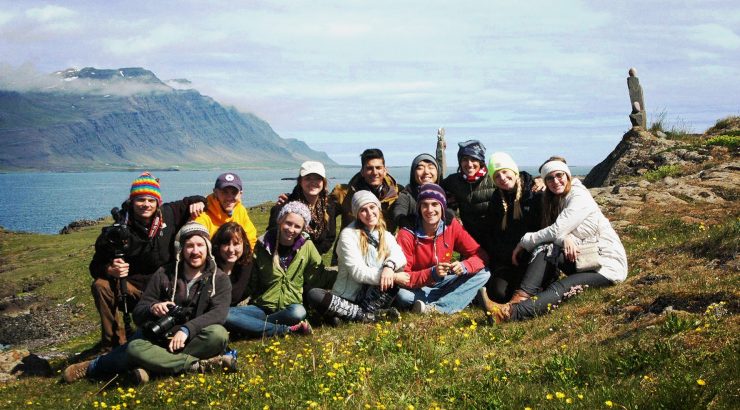
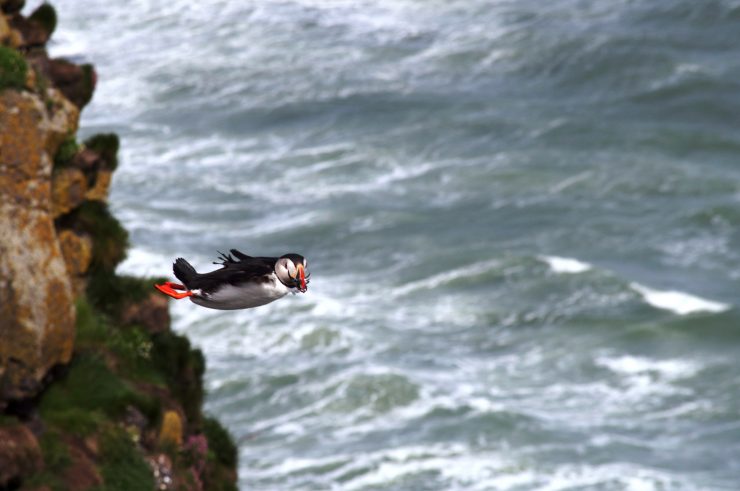
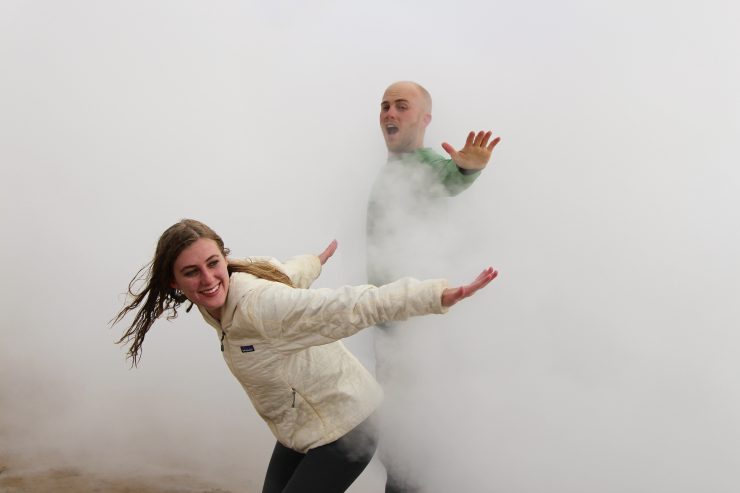
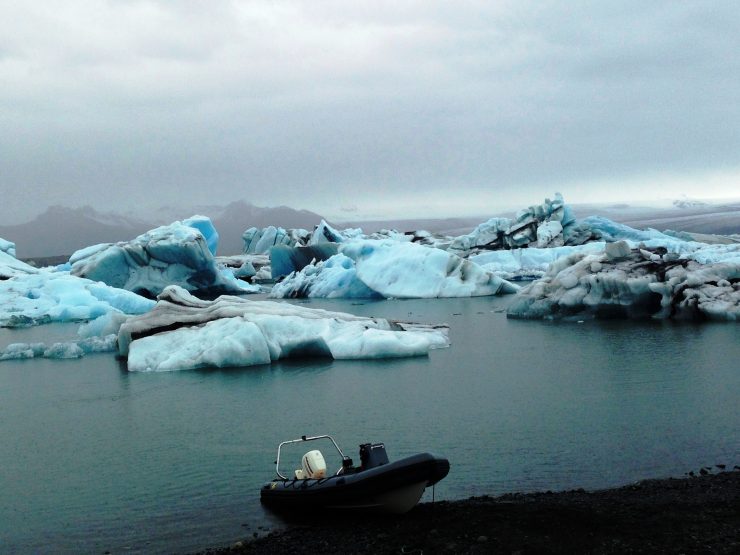
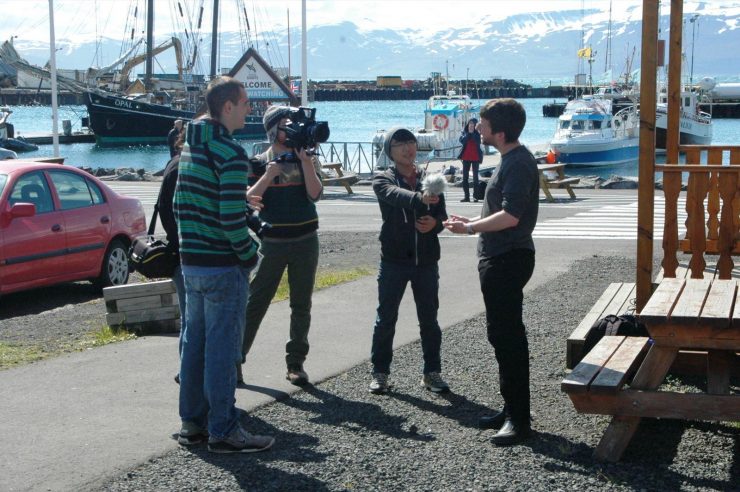
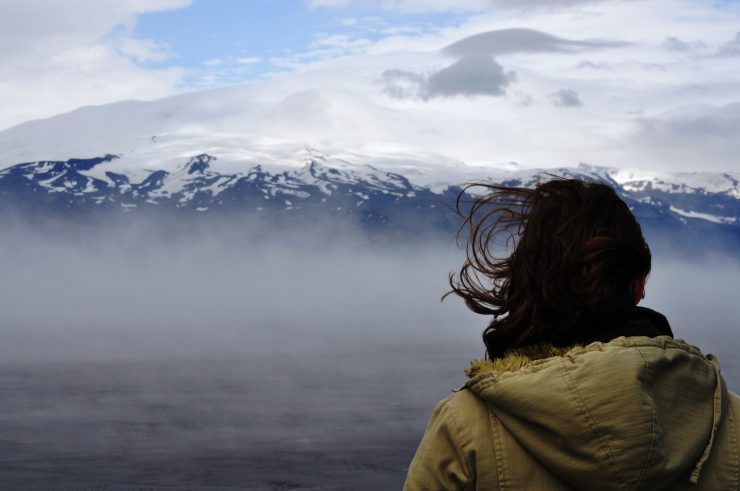
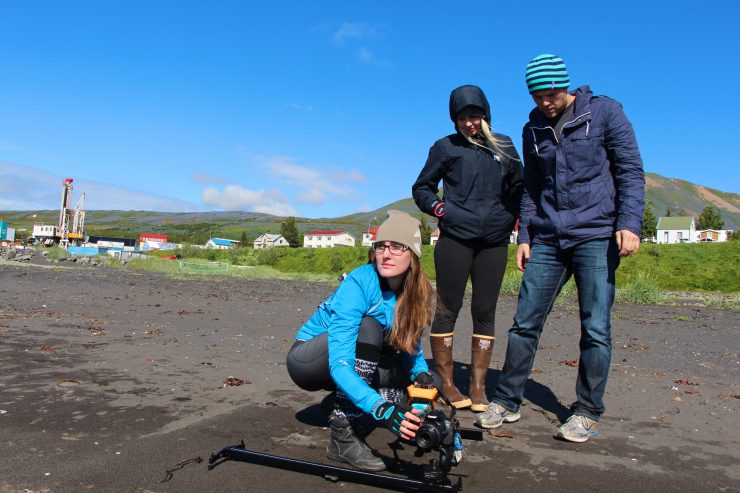
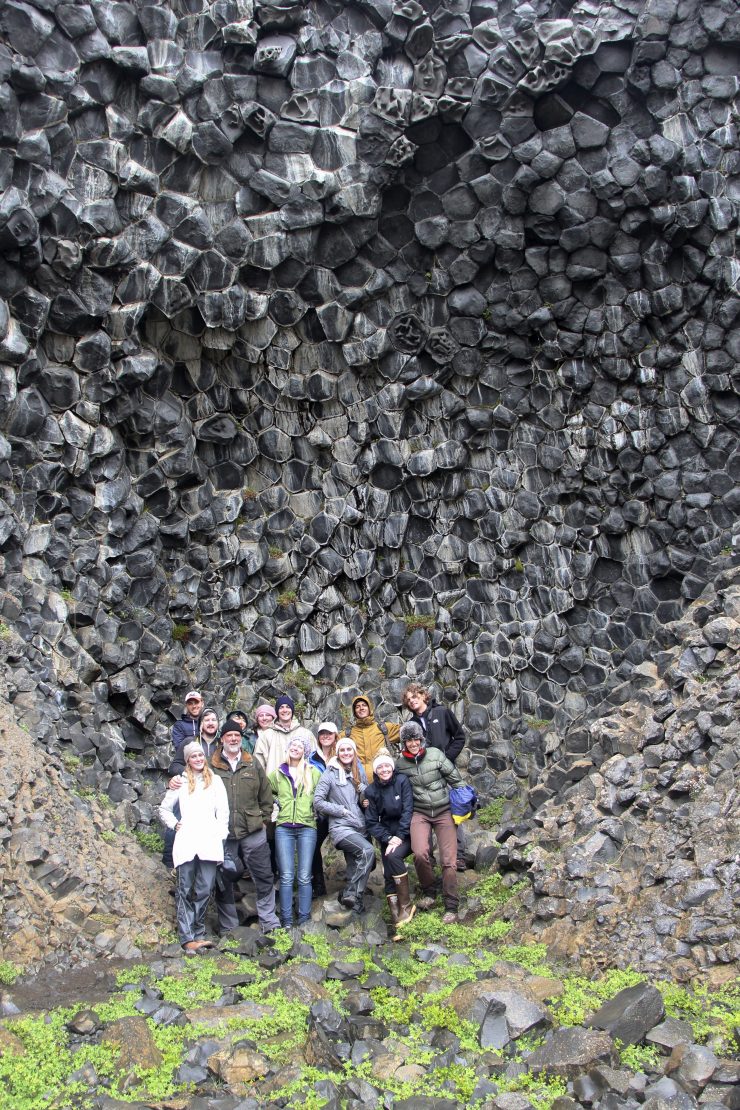

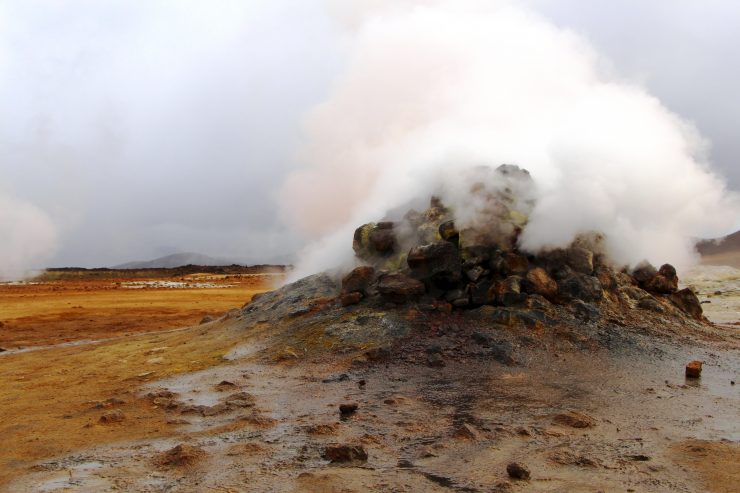
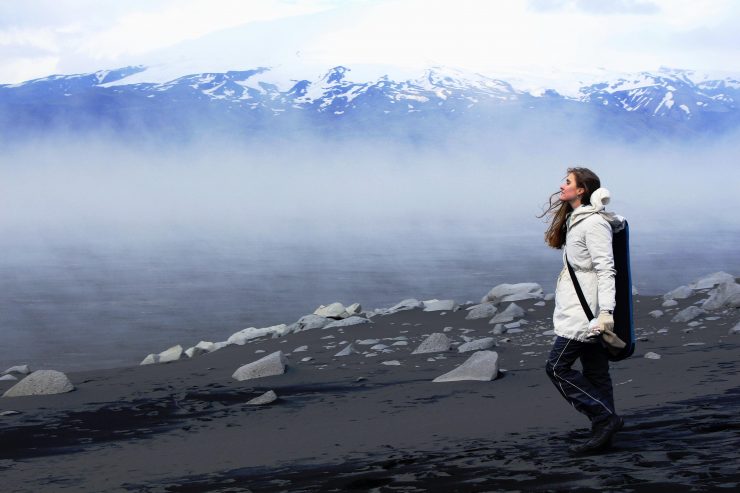
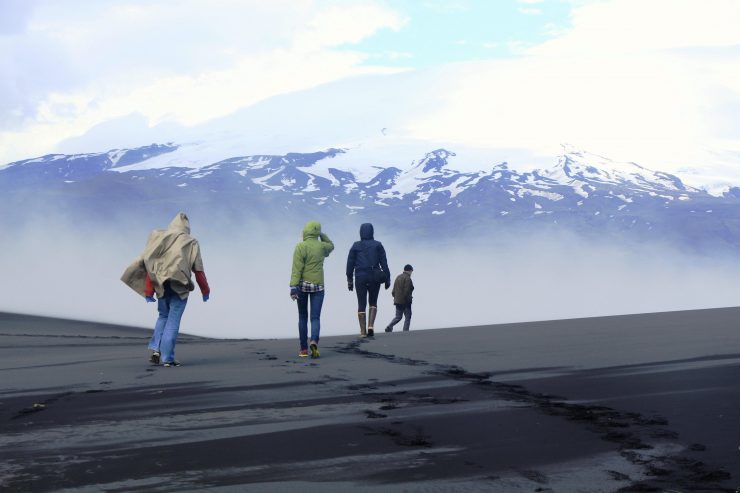
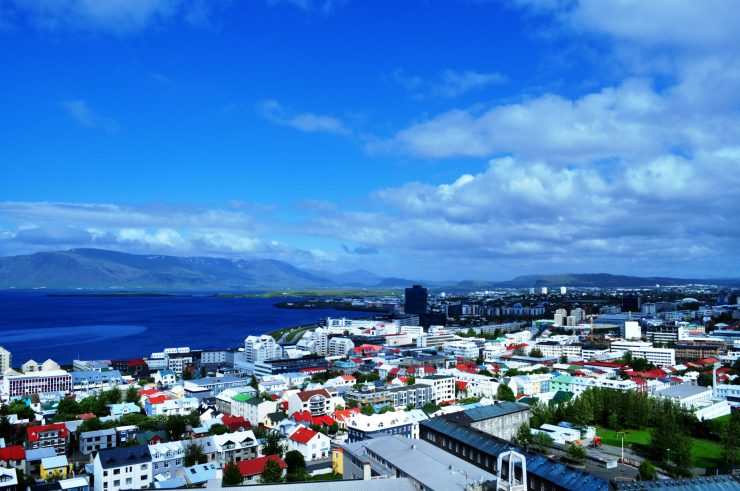

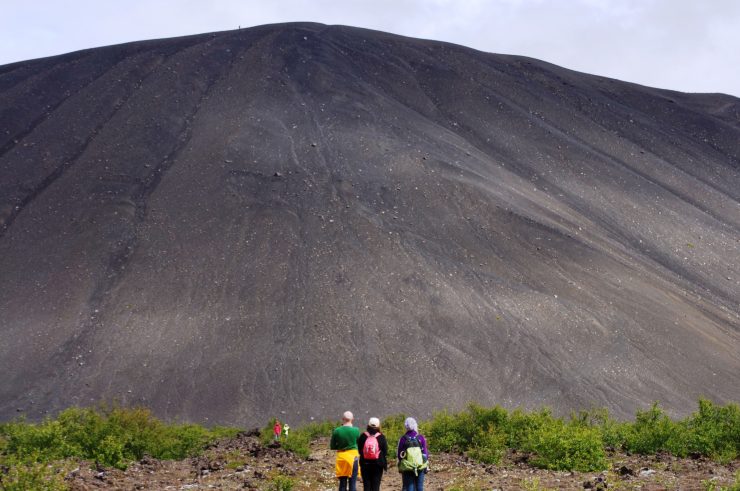
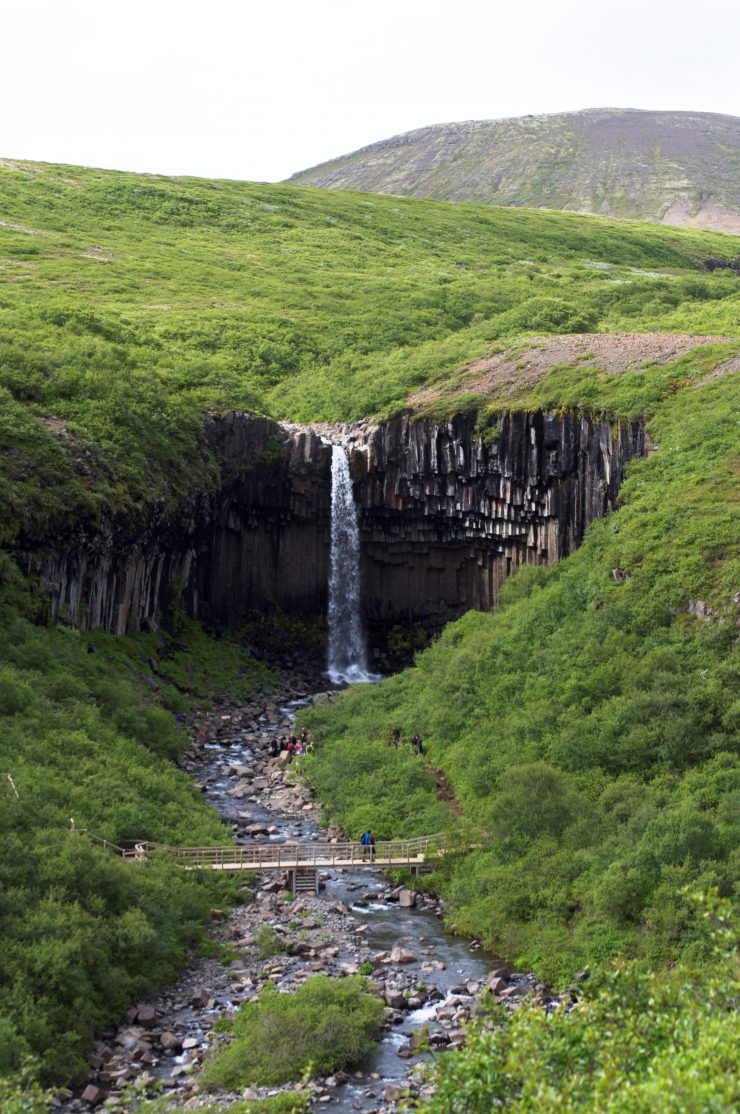
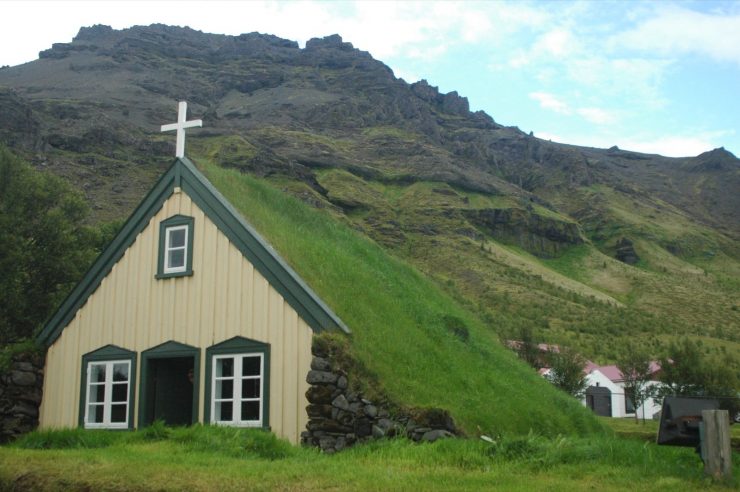
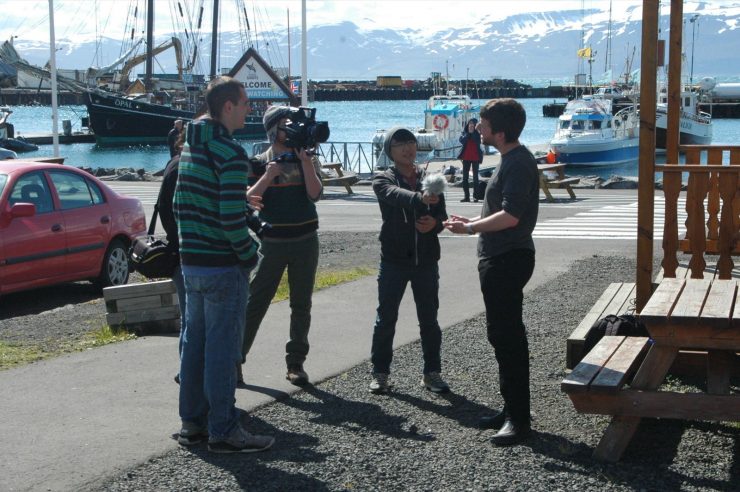
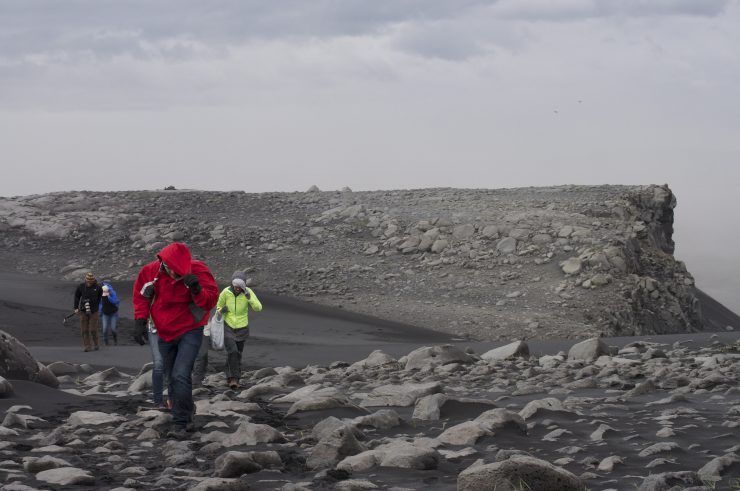
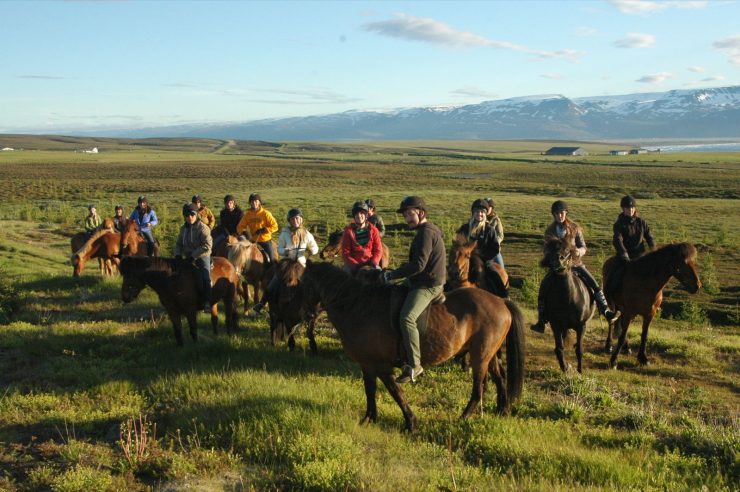
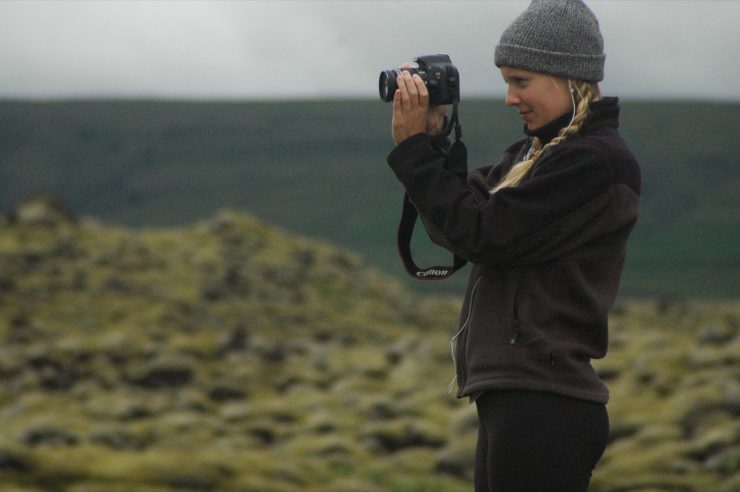
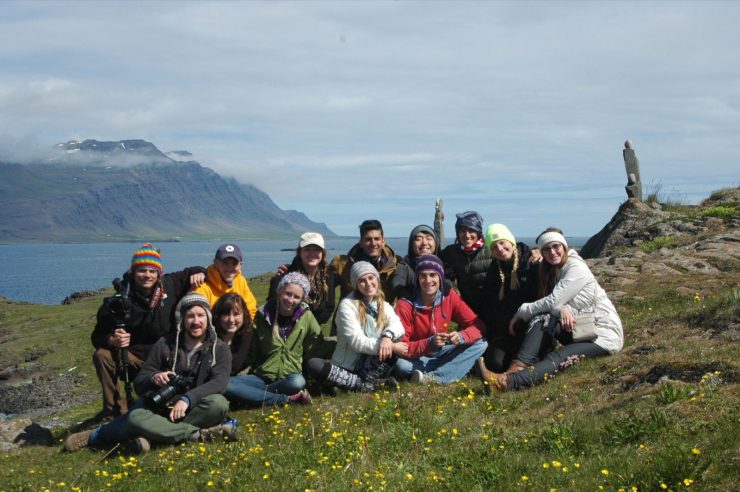
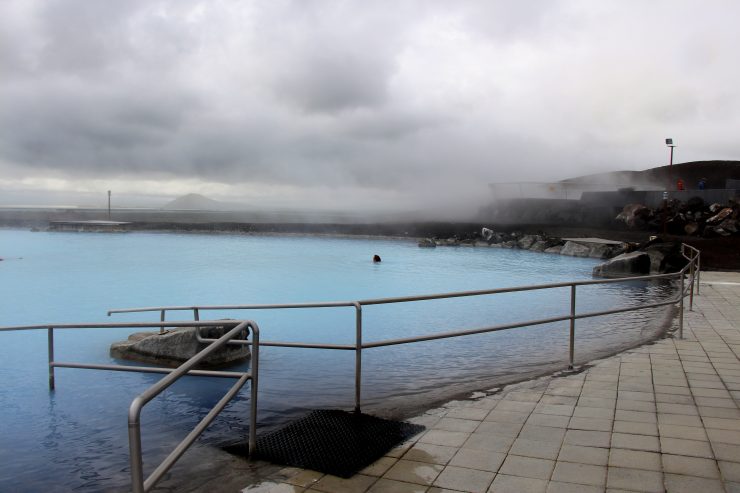
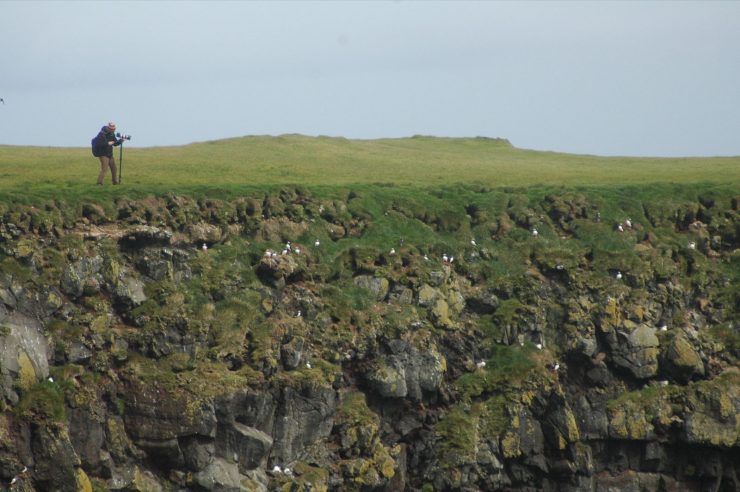
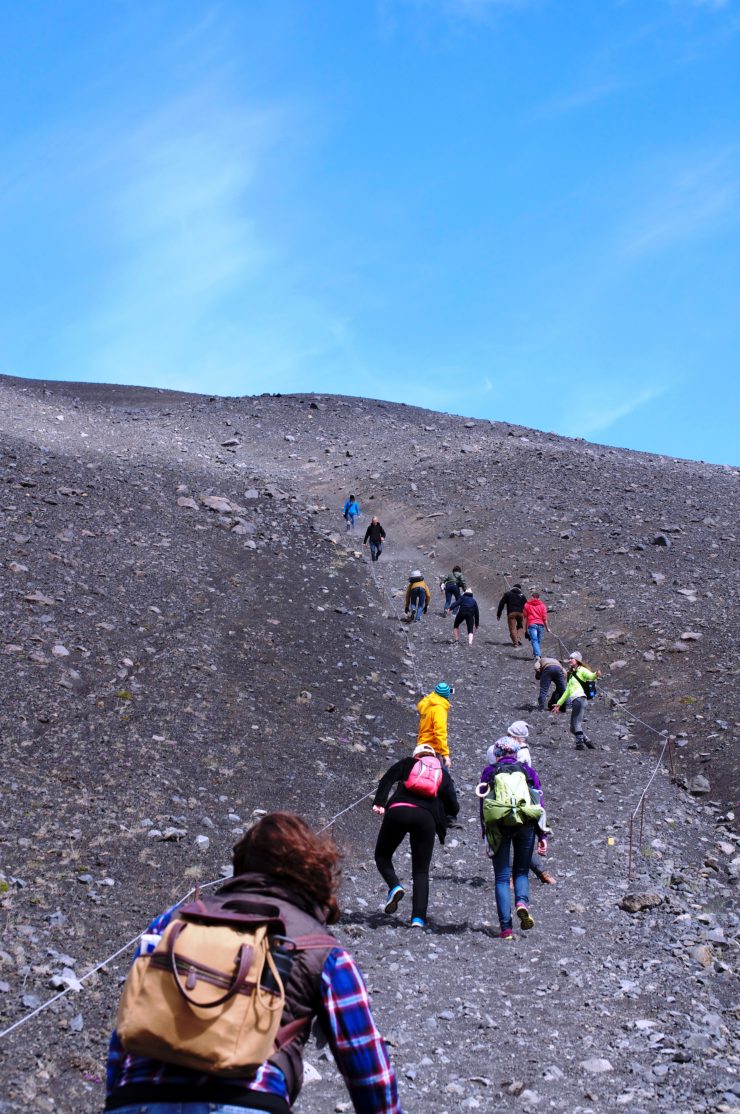
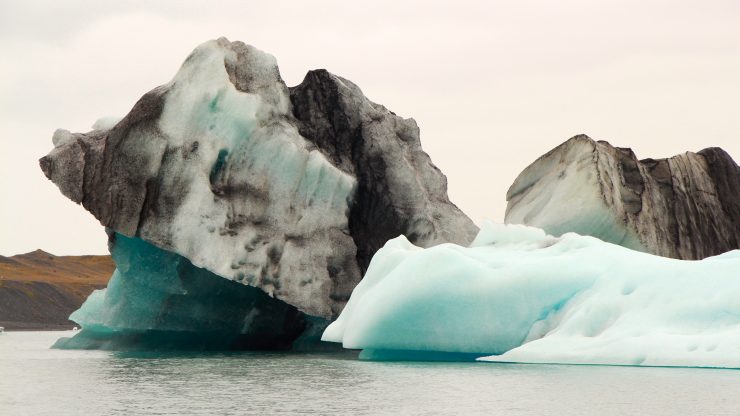
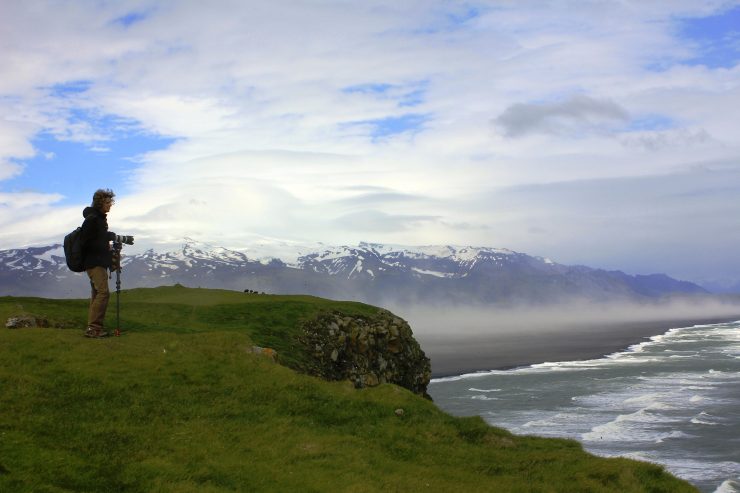
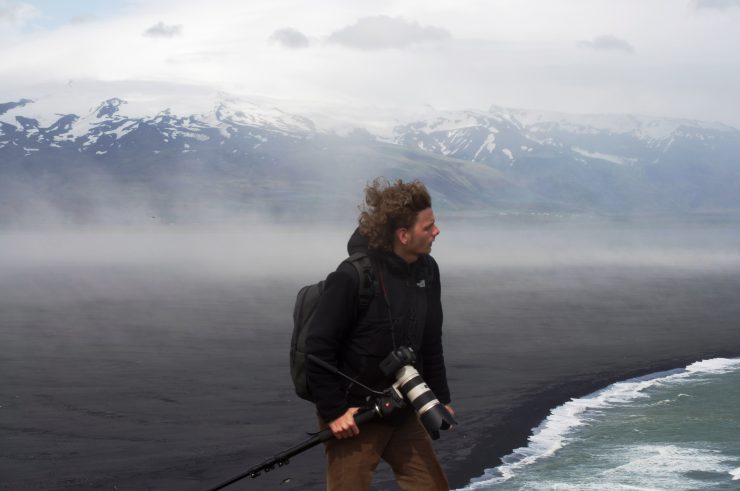
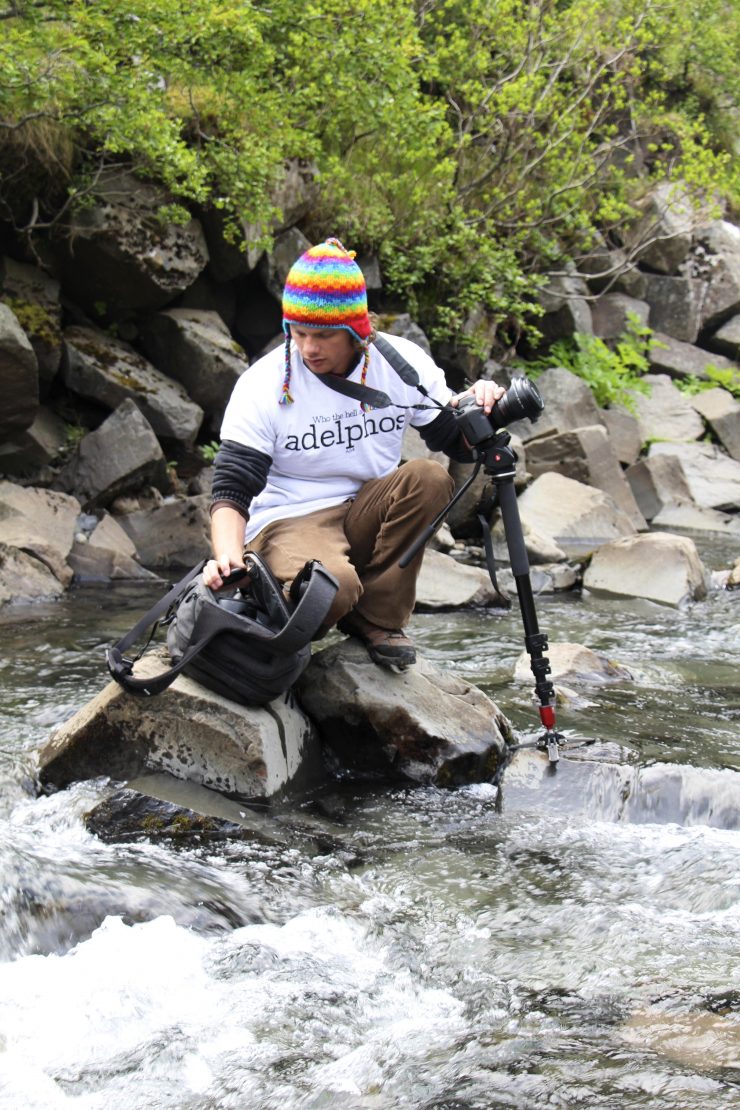
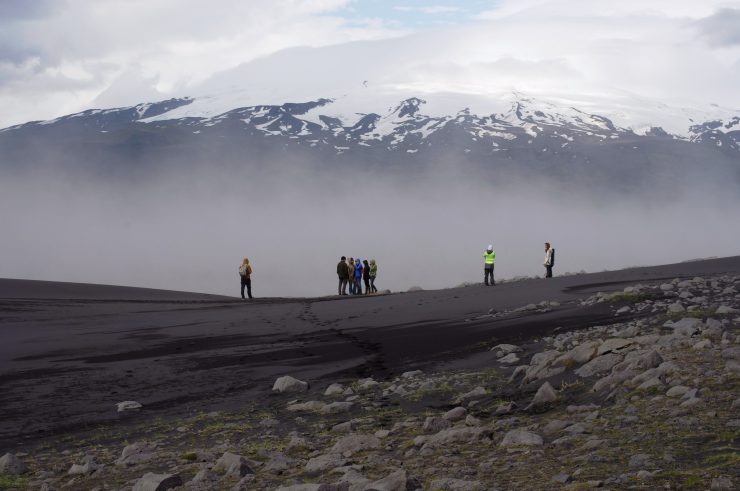
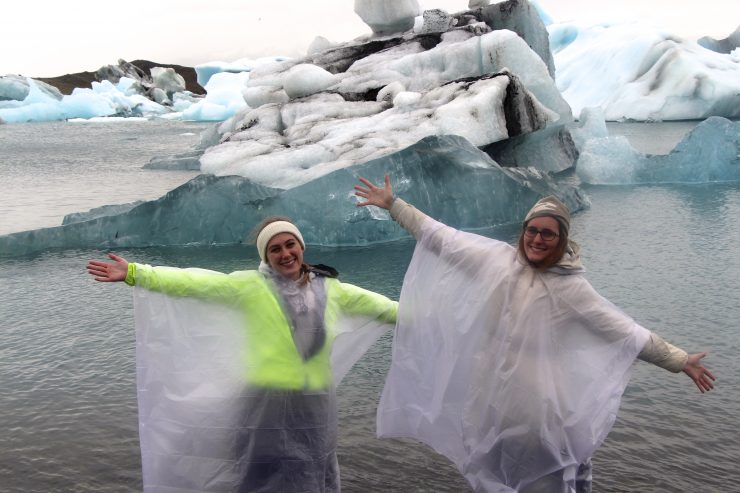
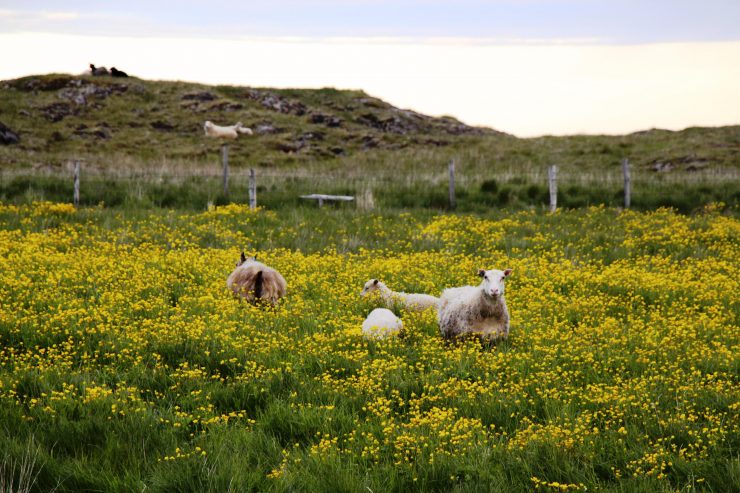
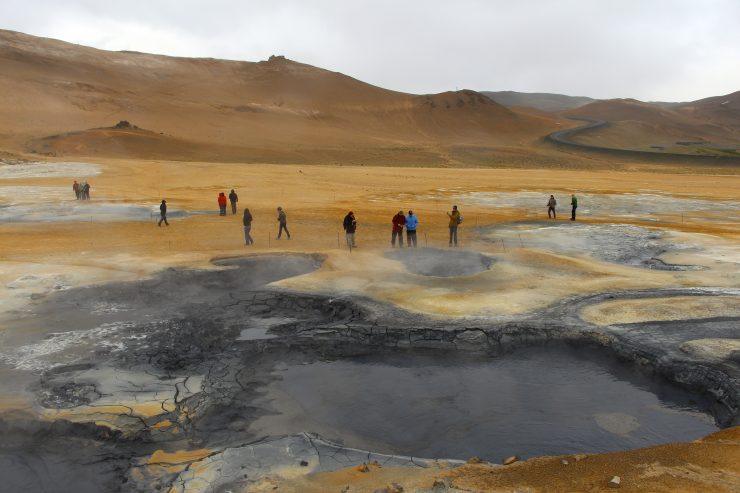

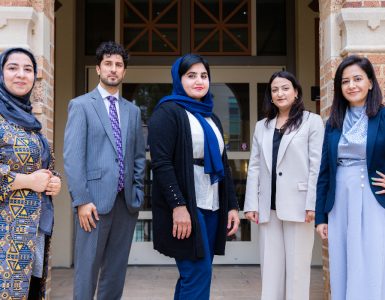
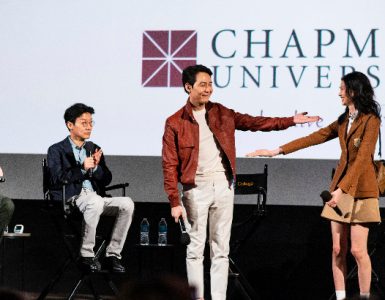

Well, this is why I love Iceland and want to go there some day. What an amazing country, and if your film footage captures it as well as the photographs do, I am even more impressed.
Did you ever get a chance to see the documentary by Austin and Westin Ray? “24 Hours of Daylight”: http://vimeo.com/89054419.